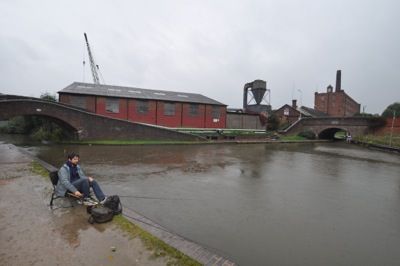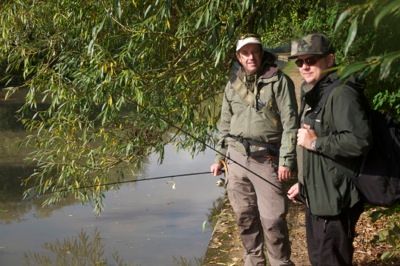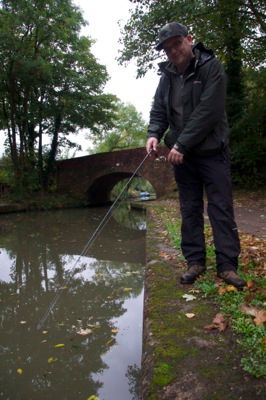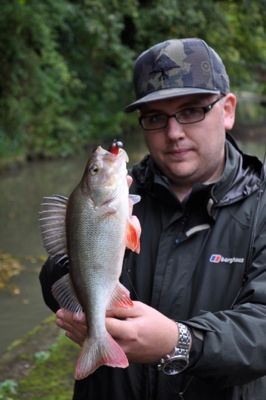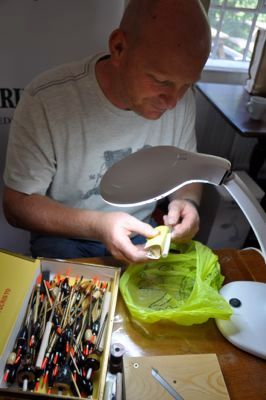
Someone recently asked me "what does it take to produce a fishing book?" The truth isn't so glamorous, I'm willing to admit. It takes as much perspiration as inspiration. It requires sitting in an empty room for long periods, well away from any water. It takes a maddening process of words, photographs, emails, strong coffee, phone calls and miles on the road. I love it, but it can be lonely. Take the above shot, one of a few possibles for a cover image. It looks serene enough. But what you don't see are the 120 "not quite right" versions, the buggering around with angles and exposures and self timers. Or the part where I'm desperately scrabbling to nail one final alternative shot before the light fades and end up with one foot in the canal.
Then again, there are the genuine discoveries. Like the brilliant stories and anecdotes that have arrived in my inbox. Or the way that sometimes mid sentence I'm transported back to 1991 again, catching rudd and perch as a kid sitting in the beer garden at Double Locks.
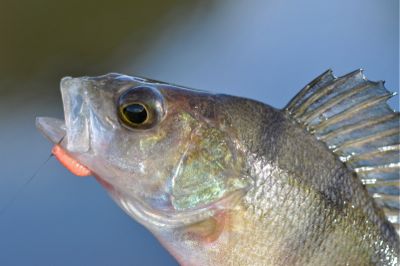
And why not start with the small things? If I had to try and distil the essence of canal fishing, it would be something child like, the simple act of finding somewhere quiet, watching a float and wondering what might happen. And I felt closer to that moment by putting everything down last midweek and getting down to the canal for an afternoon with my old man. After all, you can have too much research and not enough practise. It was a sweet afternoon too. I had a small, suicidal perch on a bare hook while plumbing the depth and the bites pretty much continued from there on in. No grand ambitions, just a float tip and a cute swim. And the canal was alive with fish. An infinity of greedy perch, and my dad cursing the lightning quick roach bites. We each had quite a collection on pinkies over ground bait:

I also anticipated pike however. It's inevitable they'll find you when there are that many small fish. The first spotted was about two pounds and arrowed into the side of the keepnet, daft bugger. That was about all the invitation I needed to switch to a pike rod for the last hour.
More and more often on the weedier canals and drains I'm starting to think conventional pike fishing is rather dogmatic. Always two treble hooks, and a bait nailed to the bottom where it isn't incredibly easy for the pike to spot. Hence more often, I'll float fish a deadbait at mid depth, with just one treble nicked through the back. This also lets the bait drift with any tow or breeze and search more water. Call me eccentric, but I also enjoy using a centre pin for this close range fishing. I fancied there would be several pike in the vicinity ogling all the small fish drawn to the ground bait and it took no more than twenty minutes before the float popped and started a slow walk that I hit immediately:

The fish went on an absurdly strong first run. They so often punch hard at this time of year, all lean and angry. The single, semibarbed treble fell out in the net and I released the fish without the indignity of weighing her, a low double I'd guess. A great afternoon's fishing and for at least a few stolen hours I'd forgotten all about word counts and emails.



